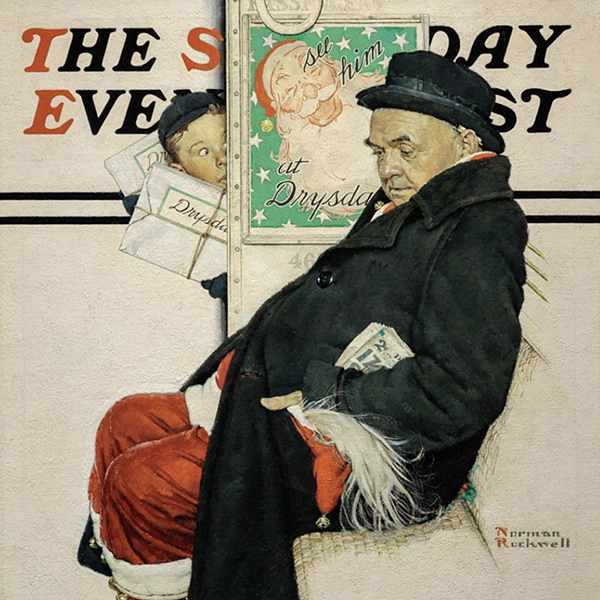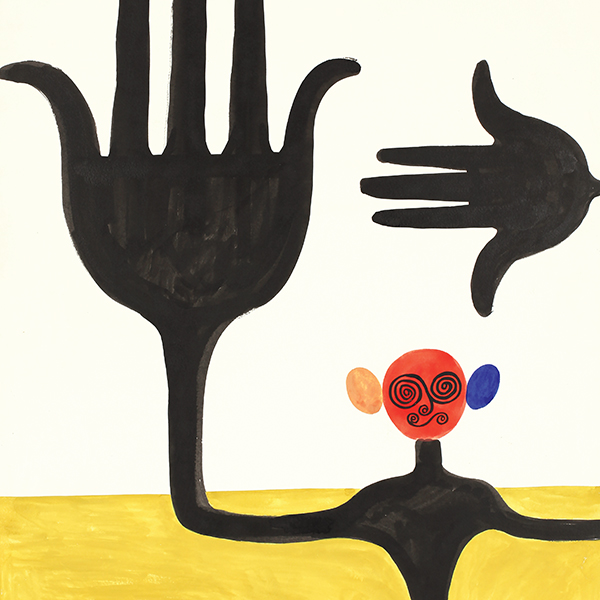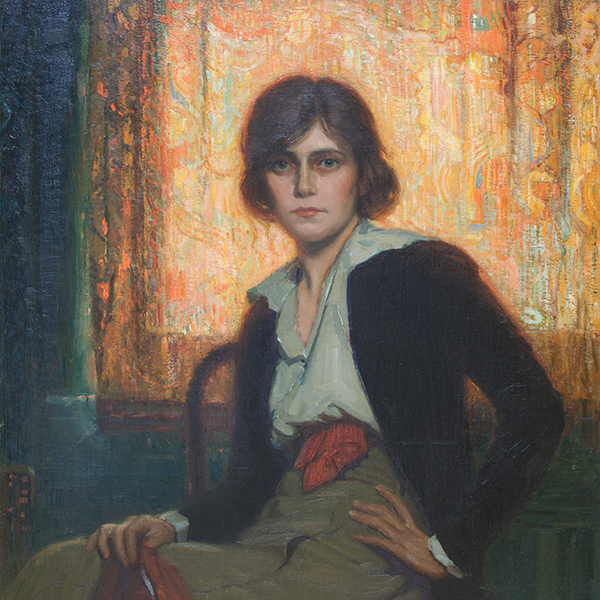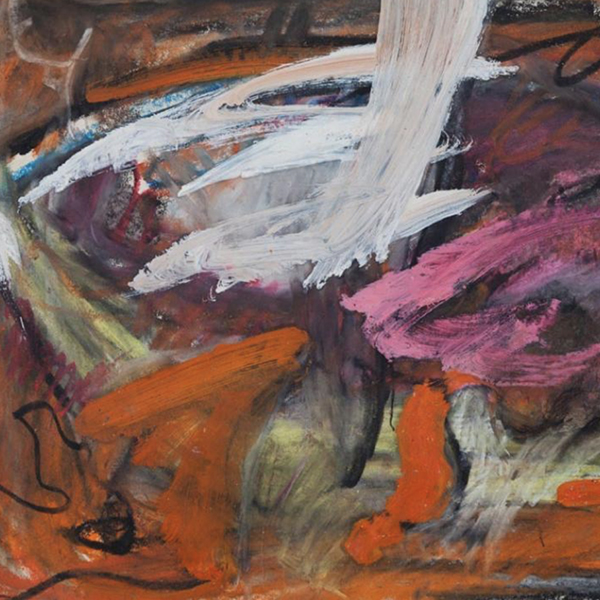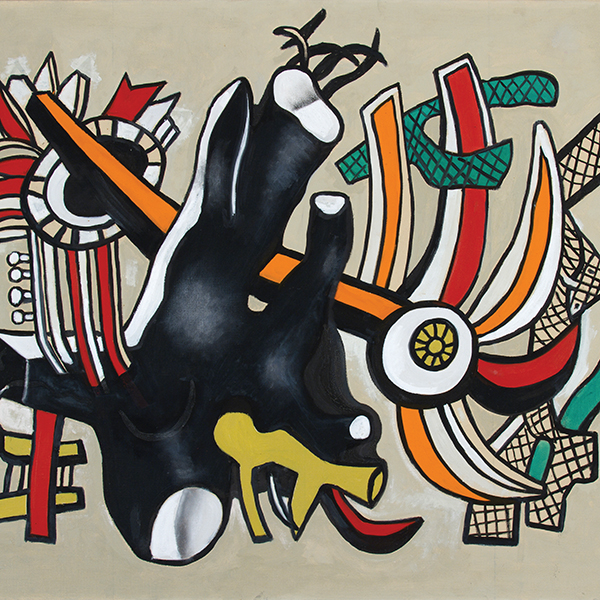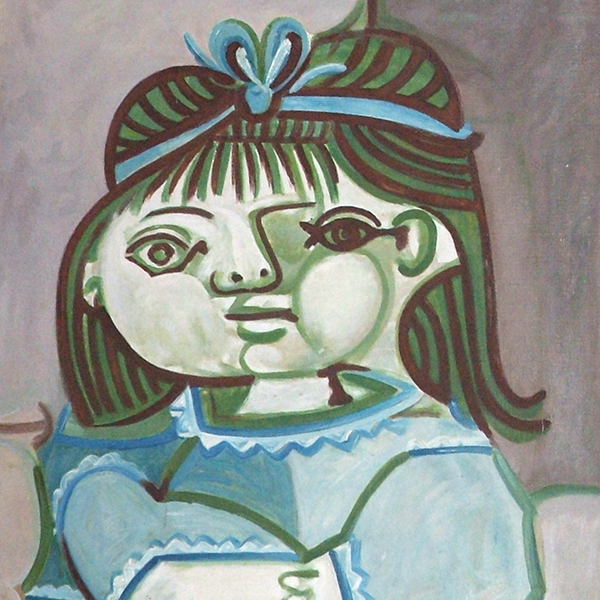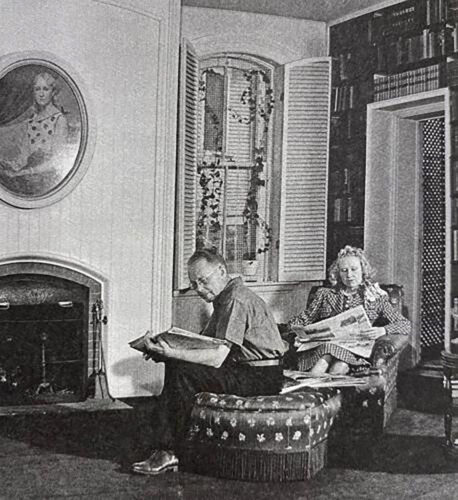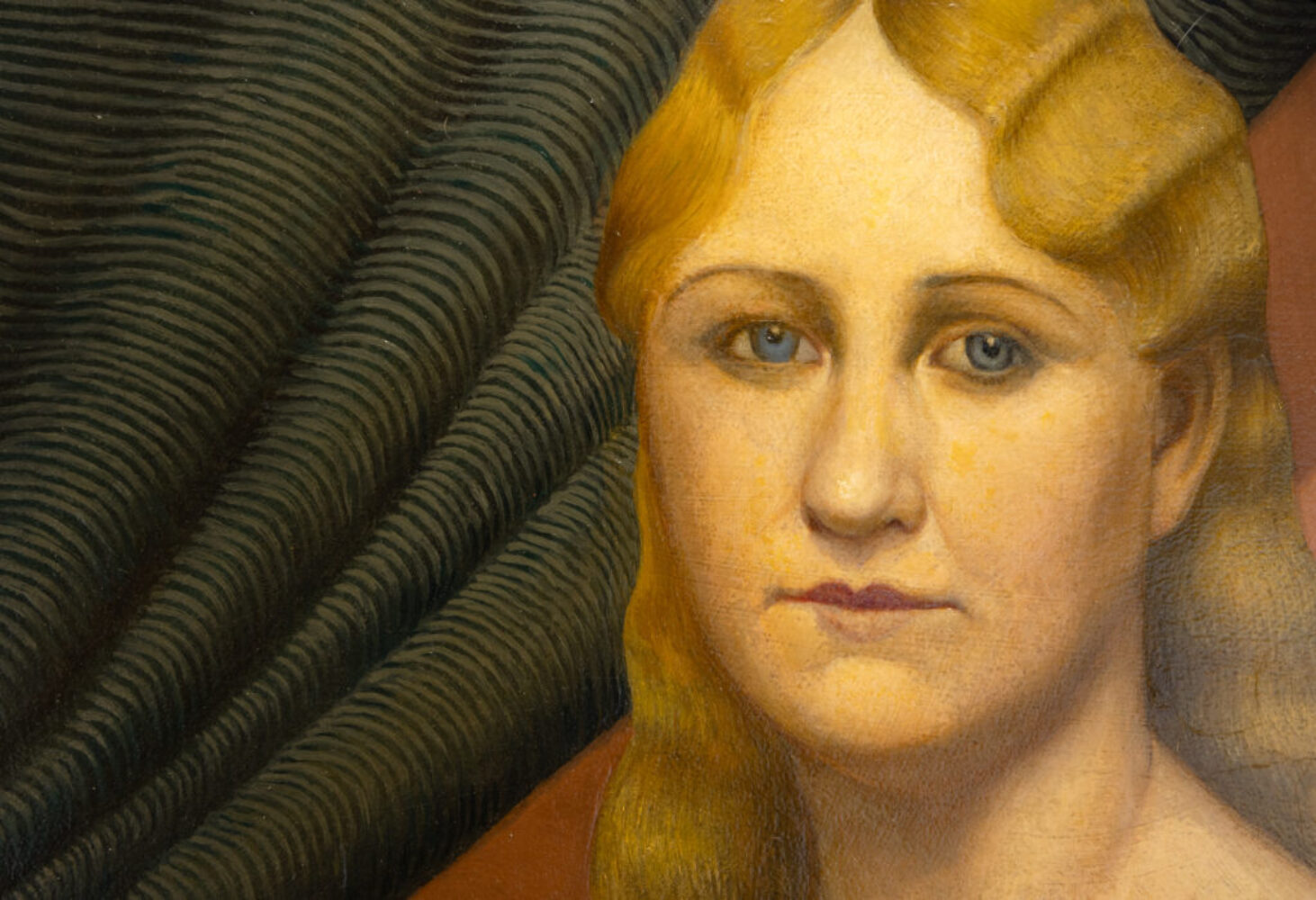يرجى الاتصال بالمعرض للحصول على مزيد من المعلومات.
المعارض الحالية
2024
2023
2022
2021
2020
2019
2018
2016
2015
2014
2011
2010
2009
التفاصيل الرئيسية
- تصور هذه اللوحة أخت وود ، نان وود جراهام ، التي تظهر أيضا في اللوحة الأكثر شهرة للفنان ، القوطية الأمريكية (1930).
- هذه واحدة من أهم اللوحات في أعمال وود ، ووفقا لباحث جرانت وود الدكتور هنري آدامز ، فهذه "واحدة من آخر الأعمال الرئيسية لجرانت وود في أيدي القطاع الخاص".
- احتفظ وود بصورة نان في مجموعته الشخصية ووضعها بشكل بارز في غرفة المعيشة في منزله في مدينة أيوا.
- لوحات جرانت وود - صوره على وجه الخصوص - نادرة بشكل لا يصدق. ظهرت صورتان فقط من الزيت في مزاد علني ولم يتم بيع أي صورة قابلة للمقارنة حقا علنا.
- منظر طبيعي للنفط بعد عام واحد فقط ، Spring Plowing (1932) ، تم بيعه مقابل 6,960,000 دولار أمريكي في عام 2005. إنه فقط نصف حجم صورة نان.
- تتمتع هذه الصورة بتاريخ معارض واسع ، بما في ذلك عرض عام 2018 في متحف ويتني للفن الأمريكي في عام 2018: جرانت وود: القوطية الأمريكية والخرافات الأخرى.
نادره
- بعد أن رسم القوطية الأمريكية في عام 1930 ، رسم وود عددا قليلا فقط من الأعمال كل عام ، وأنتج ما يزيد قليلا عن 30 لوحة ناضجة في حياته بسبب وفاته المبكرة في عام 1942 عن عمر يناهز 50 عاما فقط.
- لوحات جرانت وود - صوره على وجه الخصوص - نادرة بشكل لا يصدق. ظهرت صورتان فقط من الزيت في مزاد علني ولم يتم بيع أي صورة قابلة للمقارنة حقا علنا.
- وفقا لباحث جرانت وود ، الدكتور هنري آدامز ، يعد هذا "أحد آخر الأعمال الرئيسية التي قام بها جرانت وود في أيدي القطاع الخاص".
- من أعمال جرانت وود ، لاحظ الدكتور آدامز أن "عمله نادر تقريبا مثل عمل فيرمير".
تاريخ
يعتبر جرانت وود من قبل العديد من العلماء والقيمين وهواة الجمع والد الإقليمية الأمريكية. يتميز الأسلوب بمشاهد وموضوعات ريفية ويعود إلى الفن التصويري عندما كانت الحداثة الأوروبية والطليعية الباريسية تترسخ. الحاضنة في العمل الحالي هي أخت وود ، نان ، التي كانت بمثابة نموذج لوود ، وظهرت في العديد من الأعمال ، بما في ذلك لوحة وود الأكثر شهرة ، القوطية الأمريكية ، في مجموعة معهد شيكاغو للفنون.
لم يظهر سوى عدد قليل من أعمال Grant Wood بهذا التعقيد والأهمية خارج مجموعات المتاحف ، ناهيك عن عرضها للبيع. هذه الصورة هي واحدة من أهم اللوحات في أعمال وود. صرح الباحث المحترم في جرانت وود ، الدكتور هنري آدامز ، أن صورة نان هي "واحدة من آخر الأعمال الرئيسية لجرانت وود في أيدي القطاع الخاص".
كانت صورة نان في مجموعة الفنان حتى وفاته وهي أيضا اللوحة الوحيدة التي احتفظ بها - واللوحة الوحيدة في منزله ، بعد أن ذهب إلى حد اختيار المفروشات والسجادة لاستكمال اللوحة كما كانت معلقة في غرفة المعيشة في مدينة أيوا.
يصف الدكتور هنري آدامز هذه اللوحة بأنها "قلادة لأشهر لوحاته ، القوطية الأمريكية لعام 1930". يتكهن آدامز كذلك بأن صورة نان كان تهدف إلى تصحيح صورة نان العامة بعد أن رسمت القوطية الأمريكية في العام السابق ، والتي أصبحت مشهورة وبذلك ، ألمحت إلى وجود علاقة (خاطئة) خارج نطاق الزواج بين الموضوعين (نان وطبيب أسنان العائلة).
صورة نان هي آخر صورة للفنان من فترته المبكرة ، وهي النهاية للفترة التي ابتكر فيها امرأة مع نباتات وقوطية أمريكية. بعد عام 1930 ، ابتكر الفنان بضع لوحات فقط في السنة ، مما جعل اللوحات الزيتية النهائية لأي موضوع نادرة حقا.
تصميم هذه الصورة هو مزيج بين المعاصرة (في ذلك الوقت) والبورتريه الأمريكي في القرن 19: "ستارة الإطار الثقيل للصورة ، والخلفية الصارخة ، والشكل البيضاوي [للصور المفضلة في العصور الاستعمارية وفيكتوريا] ، وكرسي العصر الفيدرالي يستحضر العديد من العناصر الرسمية الموجودة في الرسم الشعبي الأمريكي في القرن التاسع عشر "
تأثرت لوحات جرانت وود من هذه الفترة برحلته الأخيرة إلى أوروبا وفن عصر النهضة الشمالية الذي رآه هناك في عام 1930 عندما انتقل من أسلوب شبابه الأكاديمي / الانطباعي وطور أسلوبه الناضج الذي احتفل بموضوعات الغرب الأوسط. تم عرض اللوحة الحالية على نطاق واسع ، بما في ذلك عرض عام 2018 في متحف ويتني للفن الأمريكي ، نيويورك: جرانت وود: القوطية الأمريكية وغيرها من الخرافات.
أعلى النتائج في المزادات
لوحات في مجموعات المتحف
المصادقه
كتب نان وود جراهام قصة صورتي في يوليو 1944. في هذه الرسالة ، تقدم نظرة ثاقبة لسبب وود المدروس لرسم صورتها ، وكيف تم اختيار الفرخ والبرقوق كأجهزة بصرية ، وبروح الدعابة ، تنقل الليالي الطويلة من الجلوس مع الفرخ في متناول اليد.
معرض الصور
الاستفسار
قد يعجبك أيضا





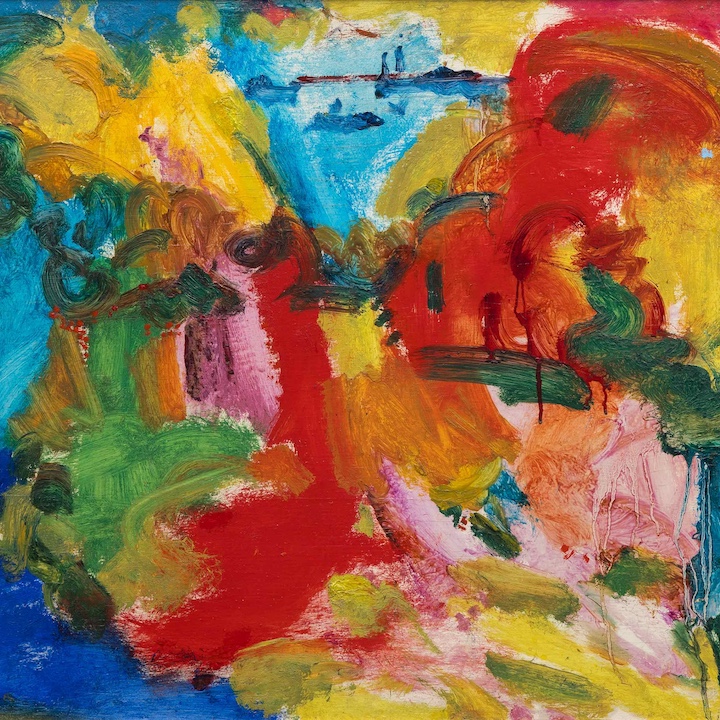
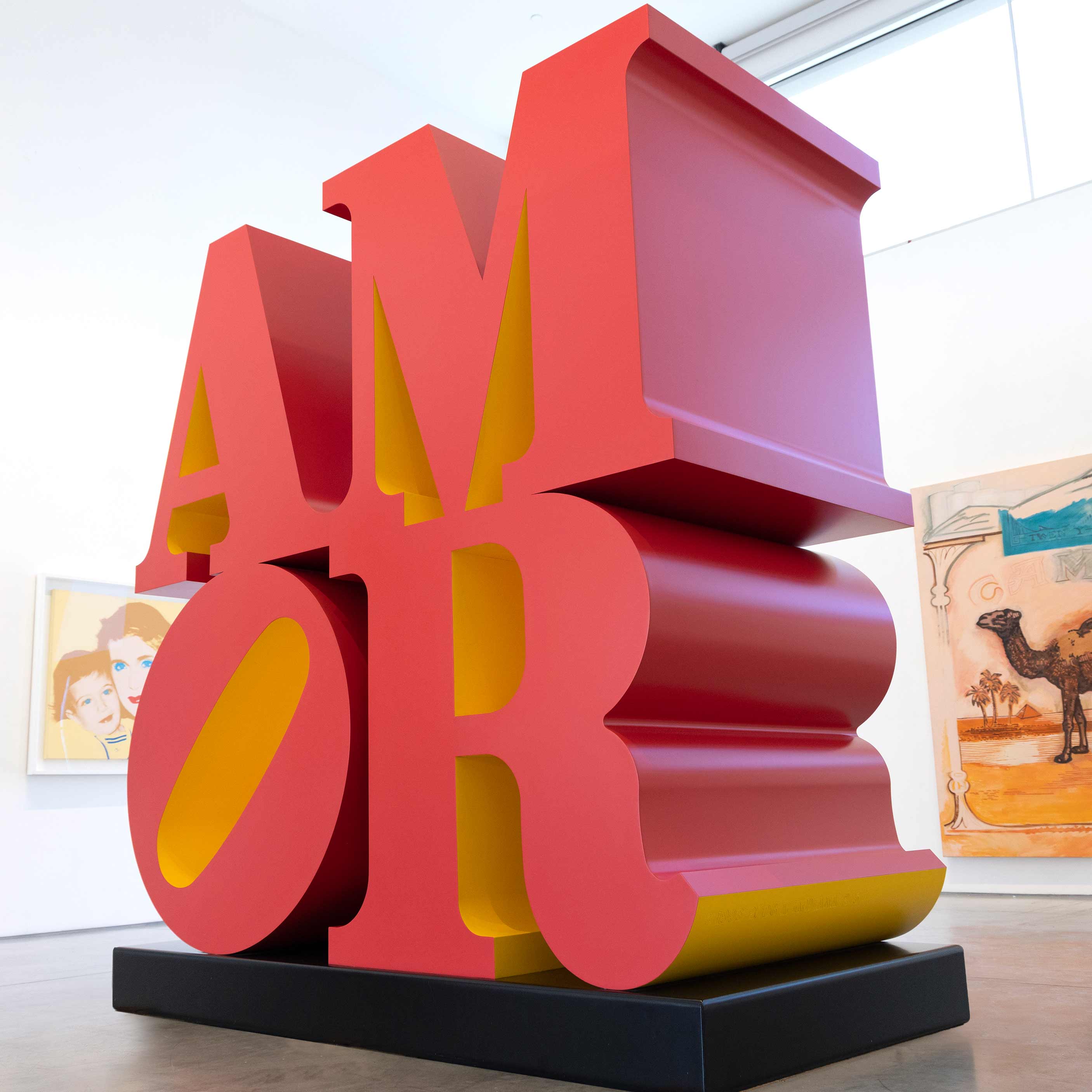
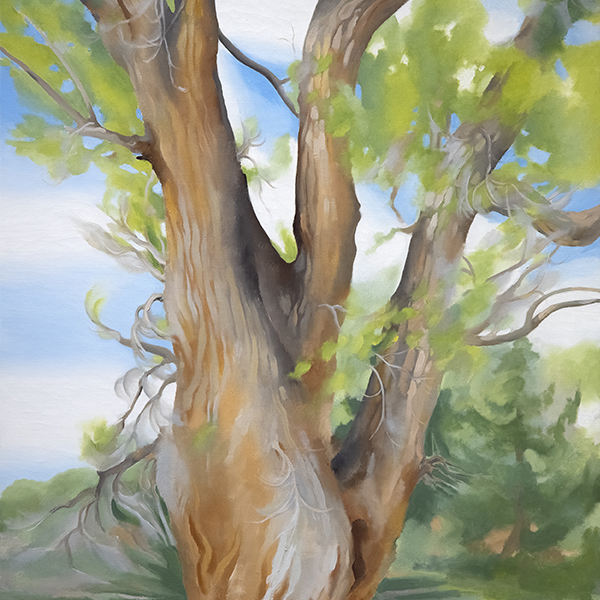
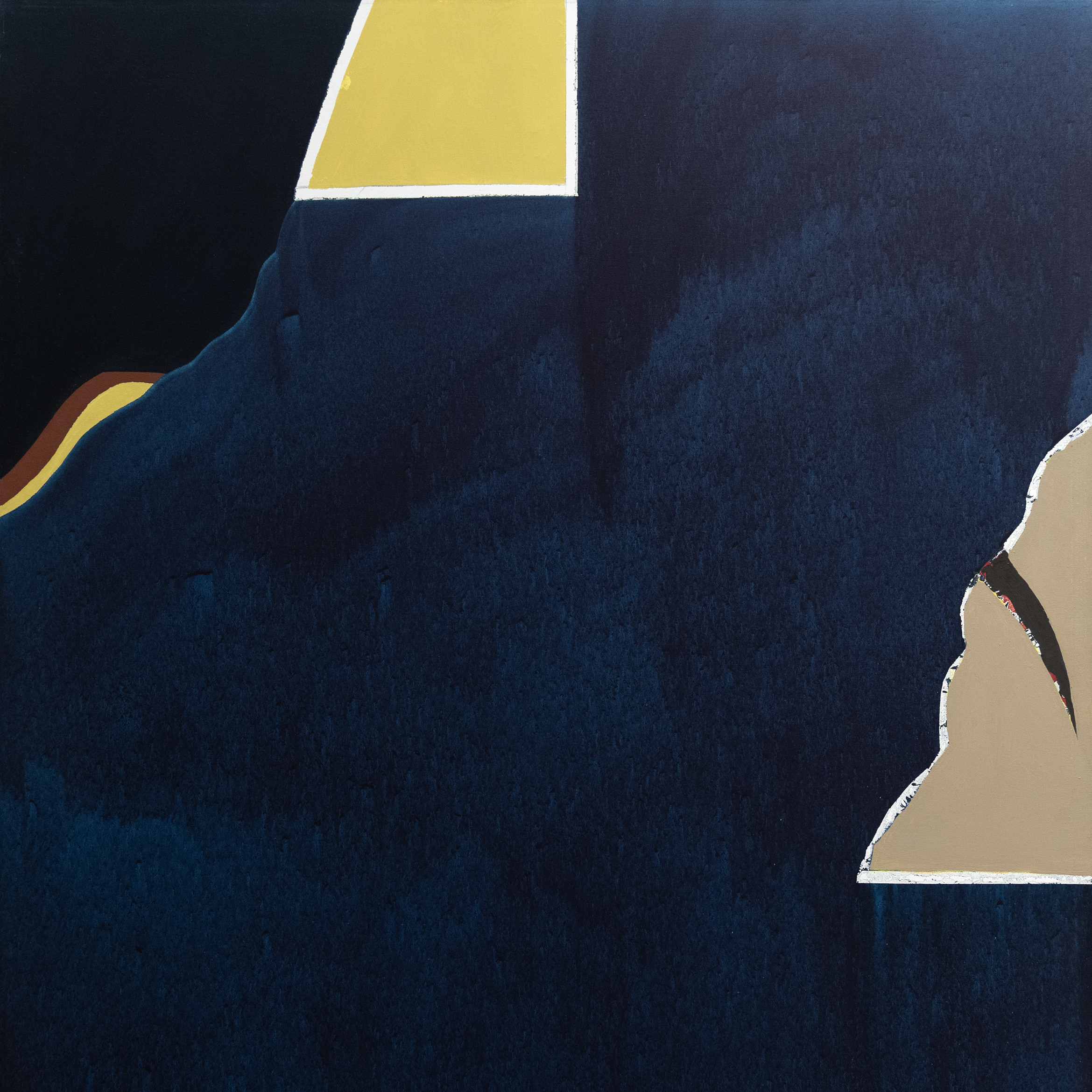
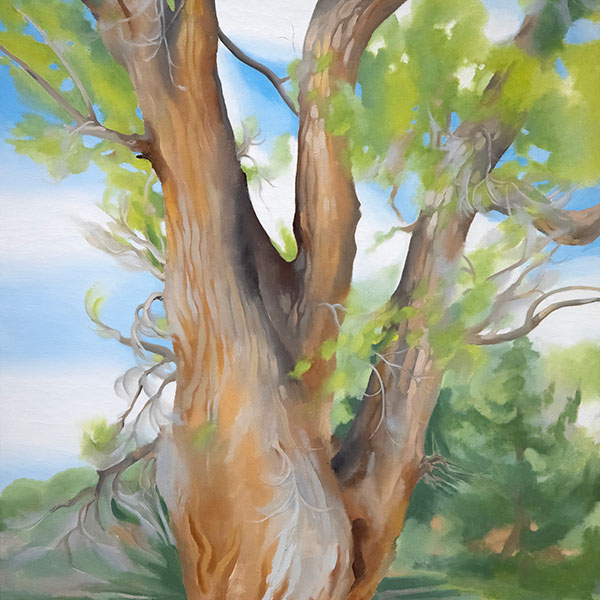
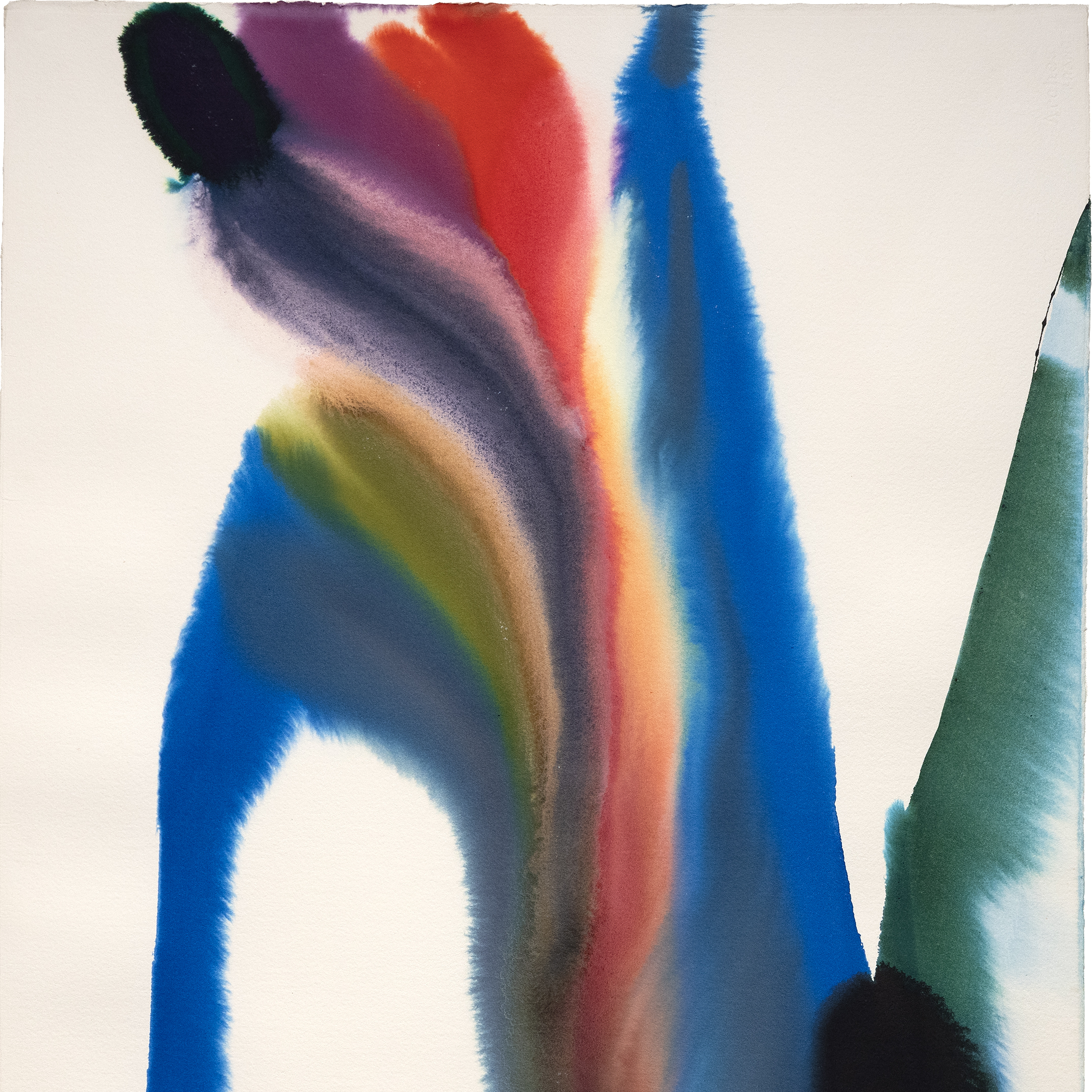
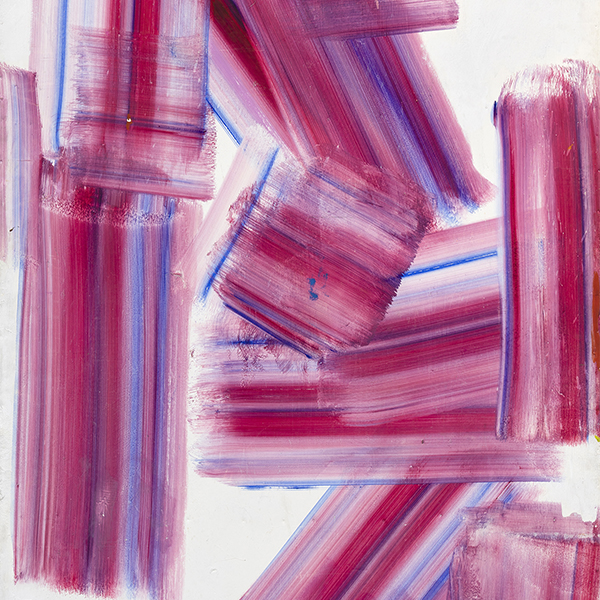
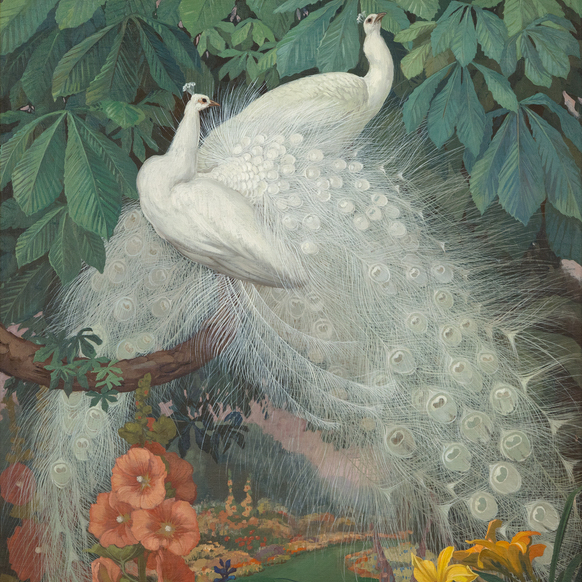




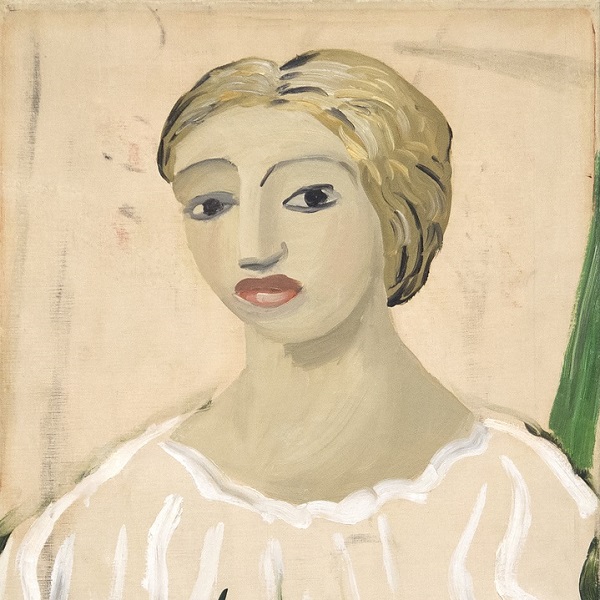

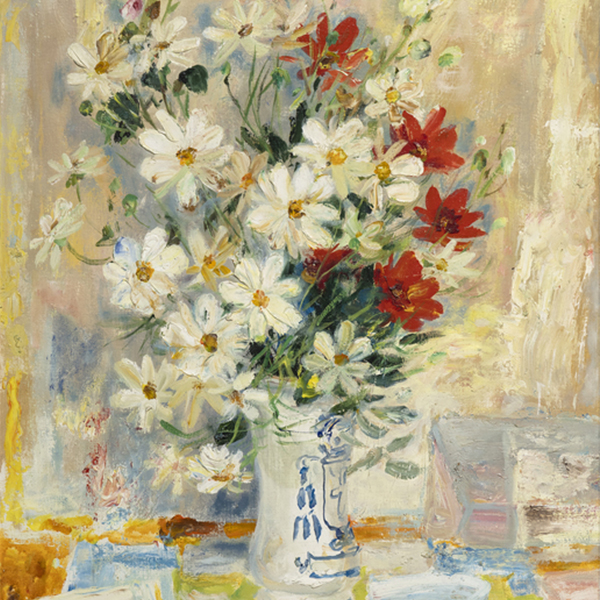
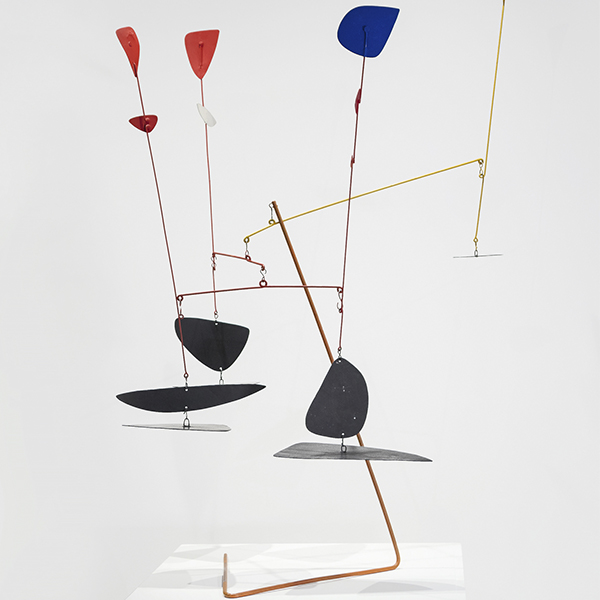
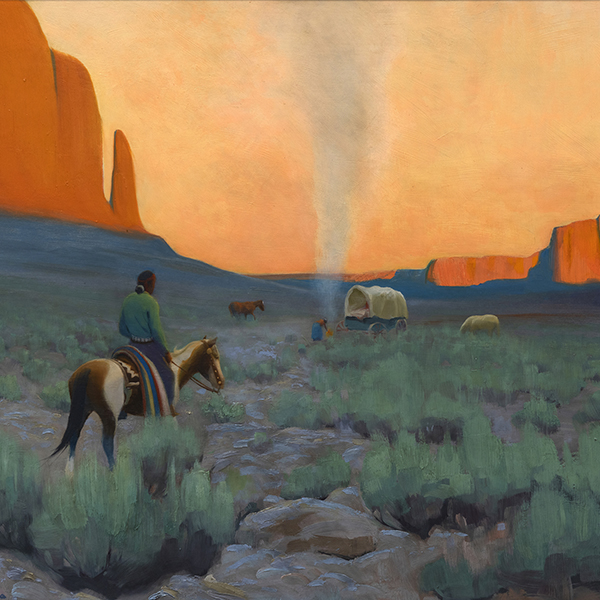
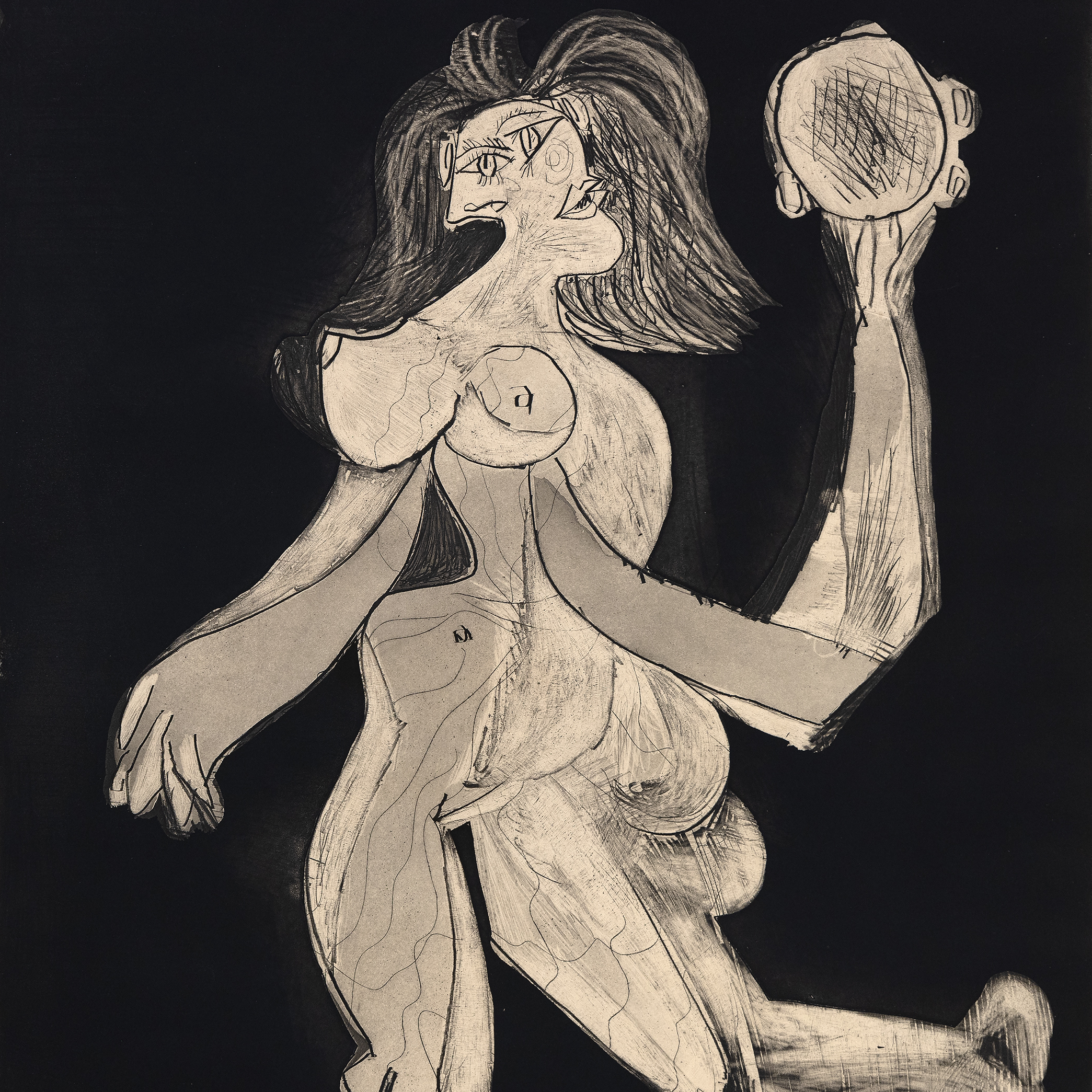
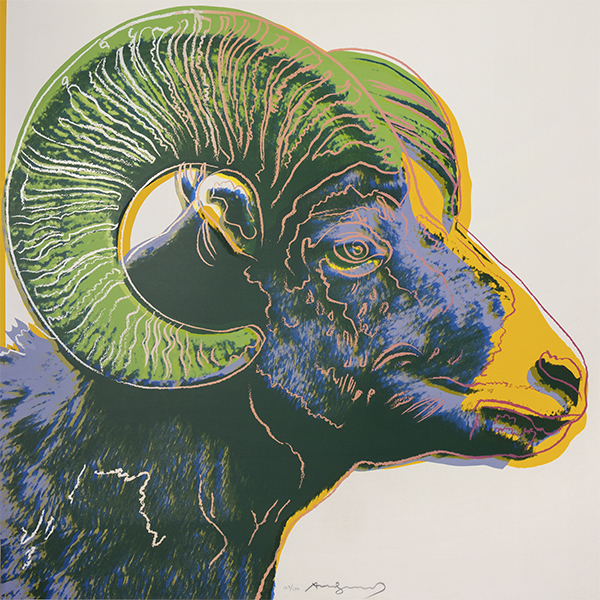
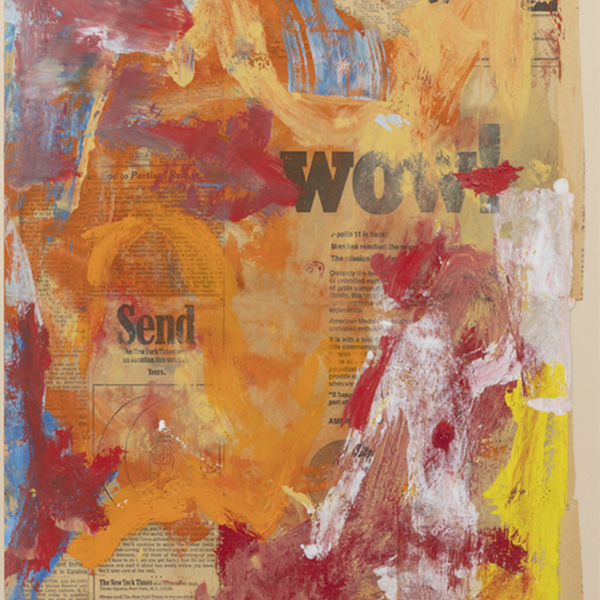
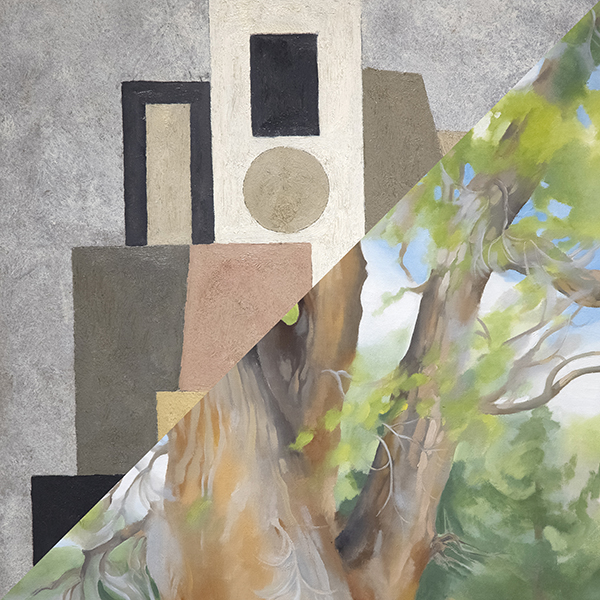

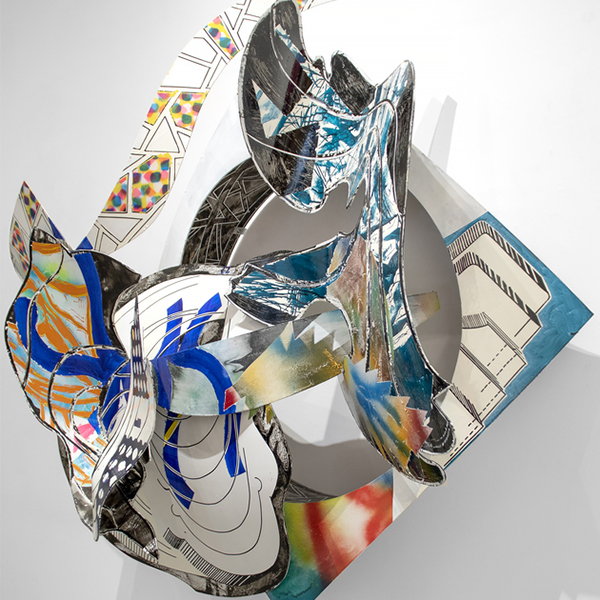
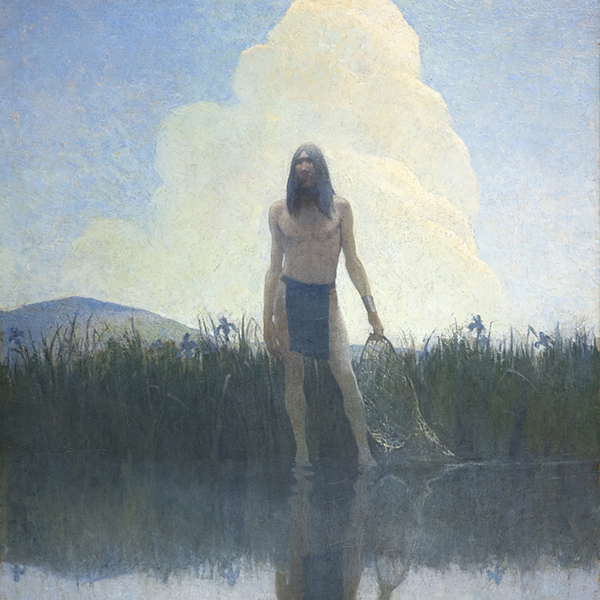
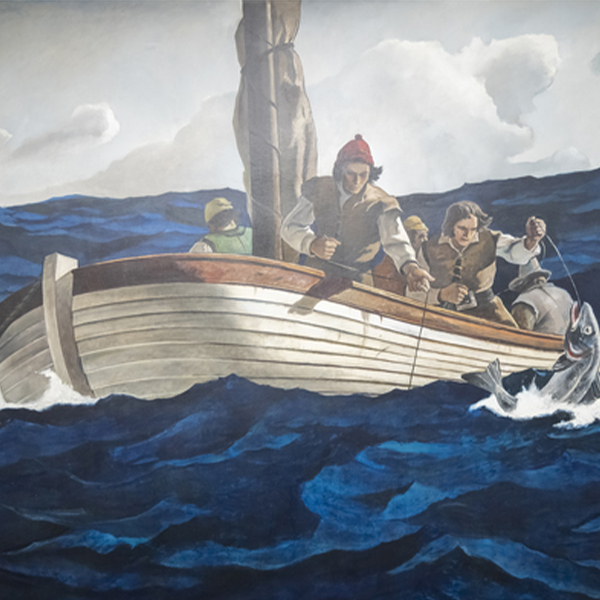
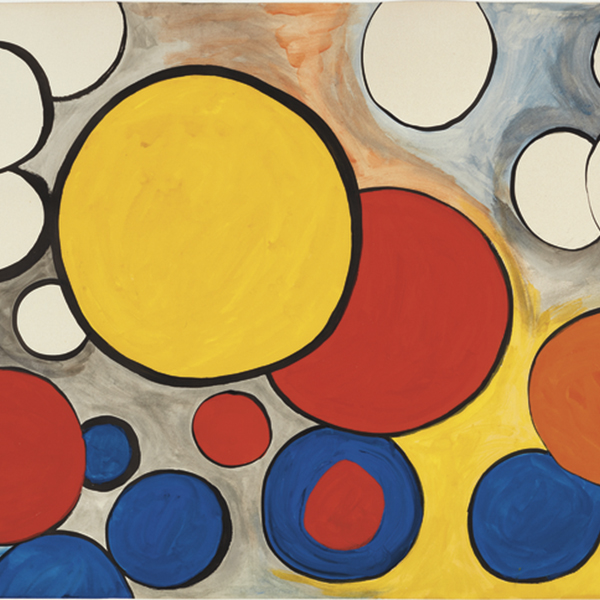
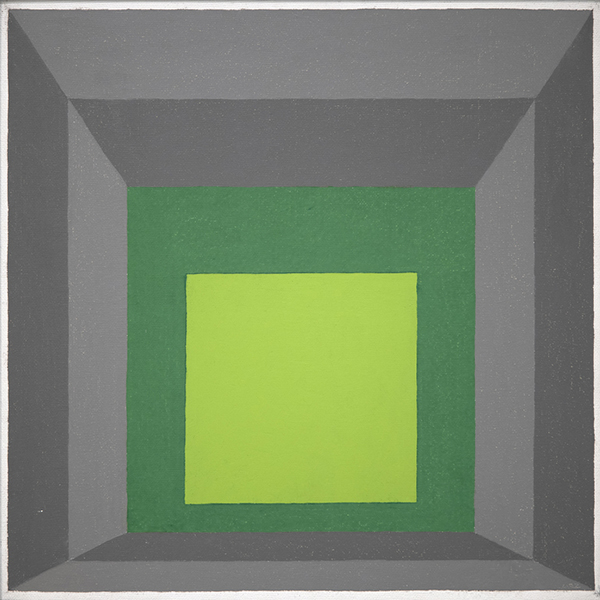
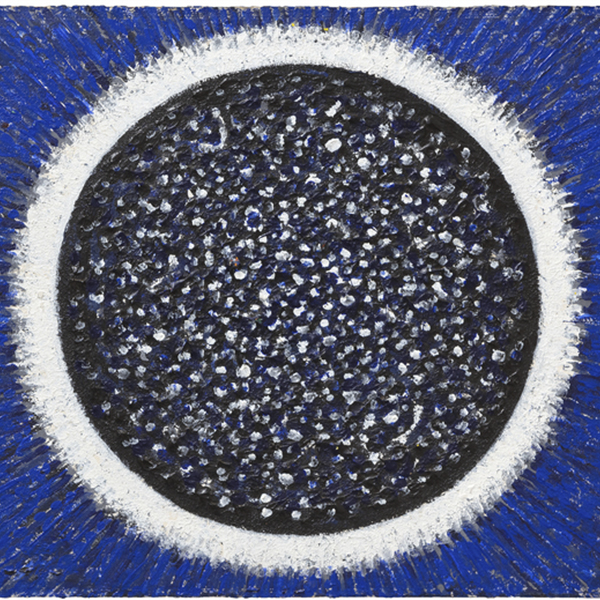
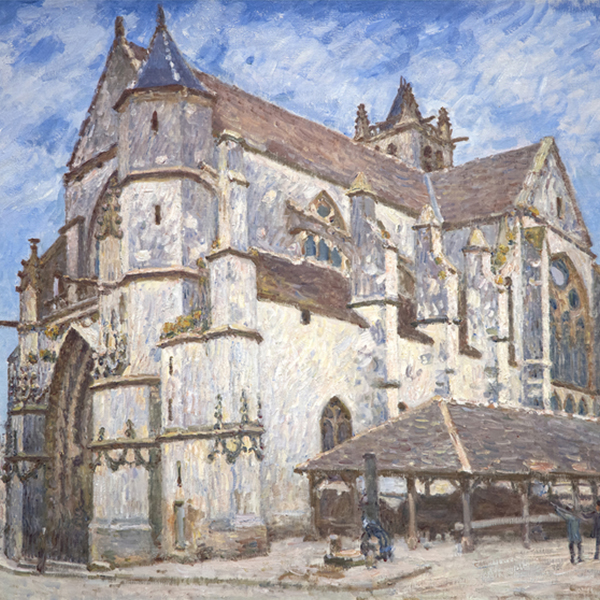
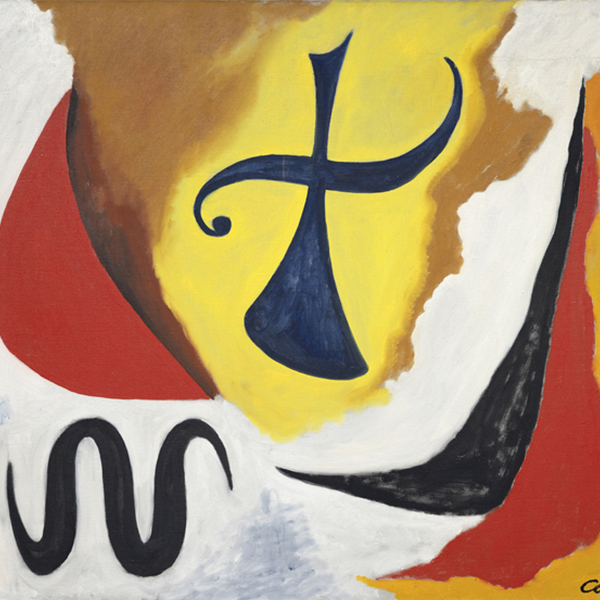
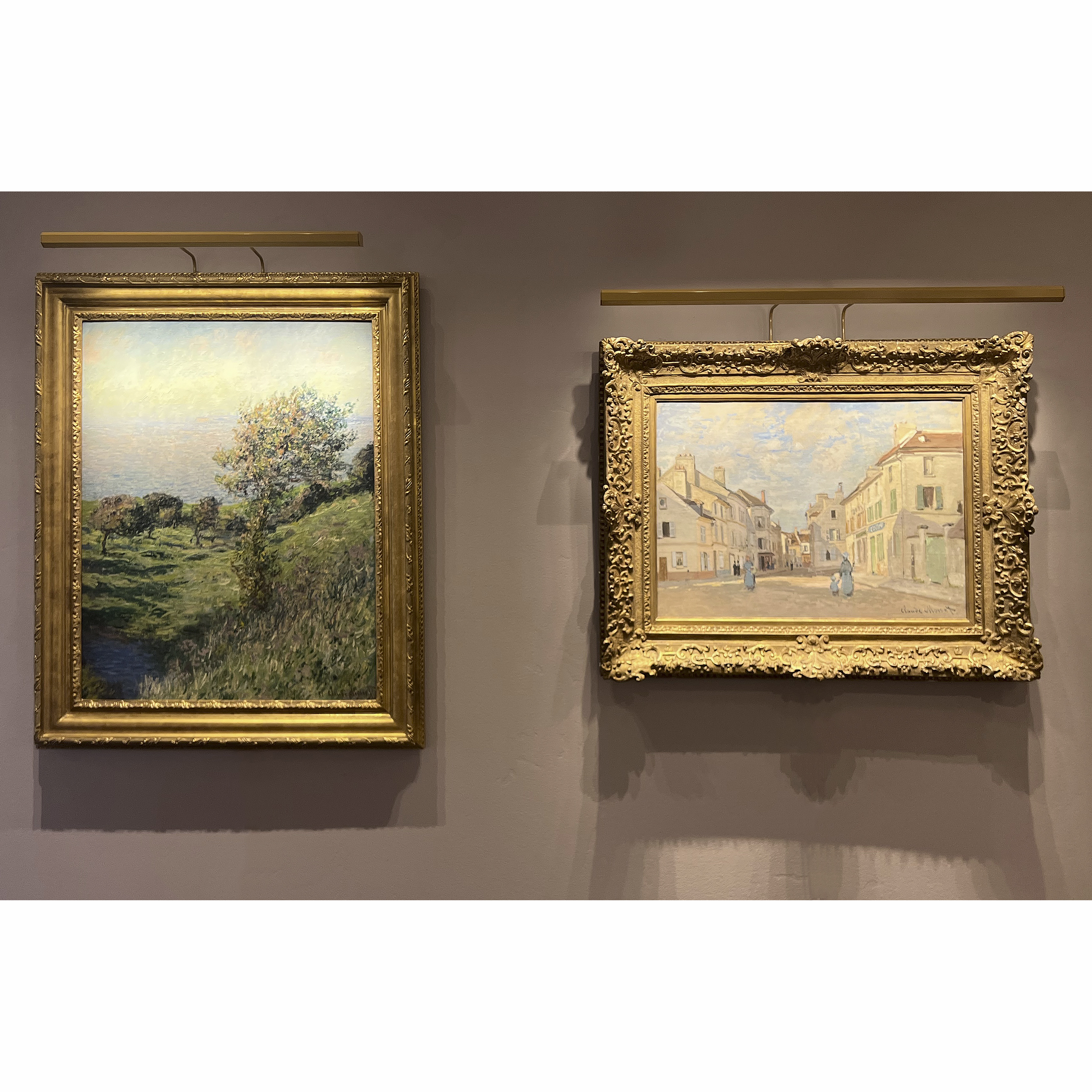
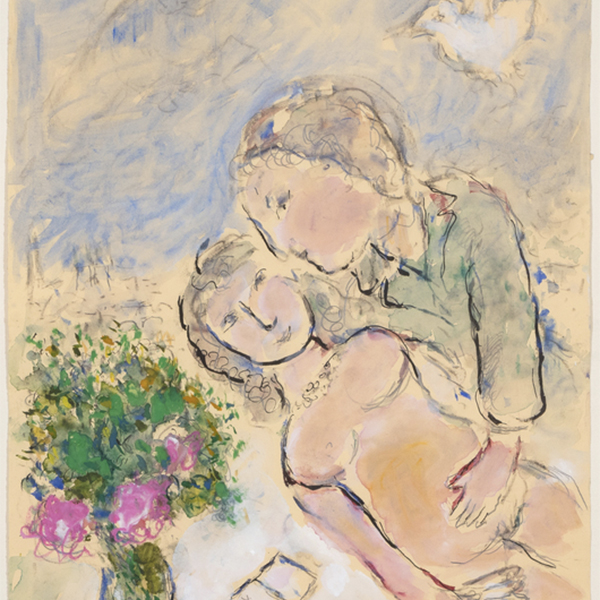
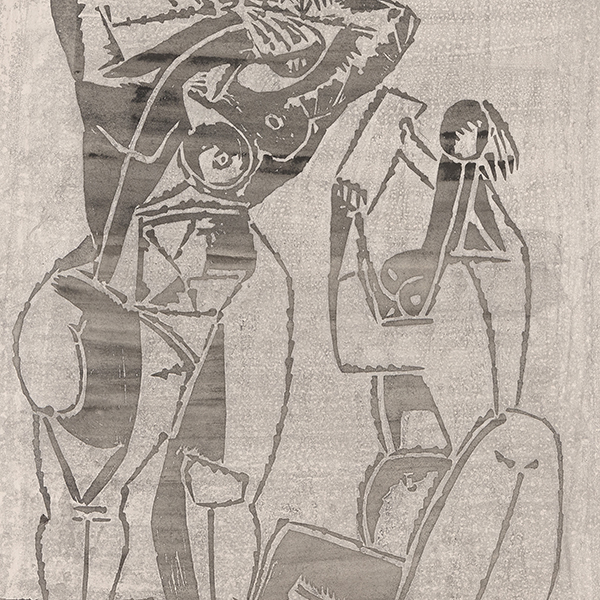
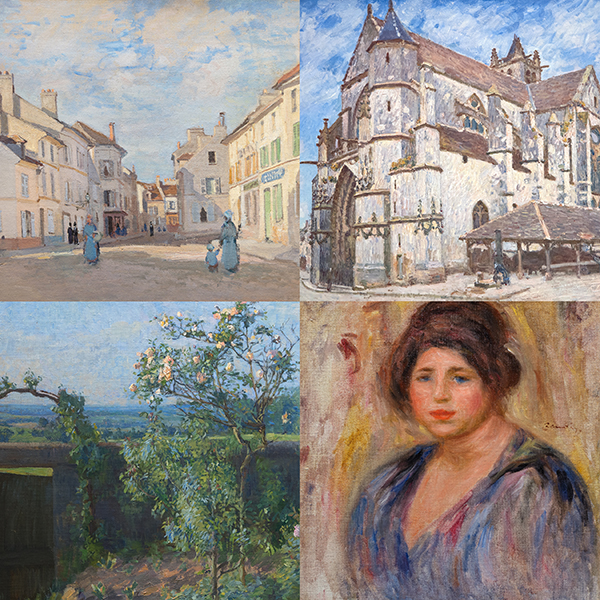

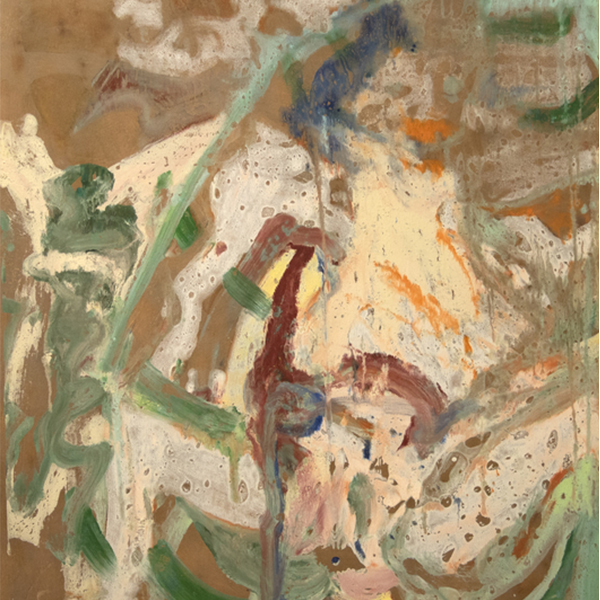
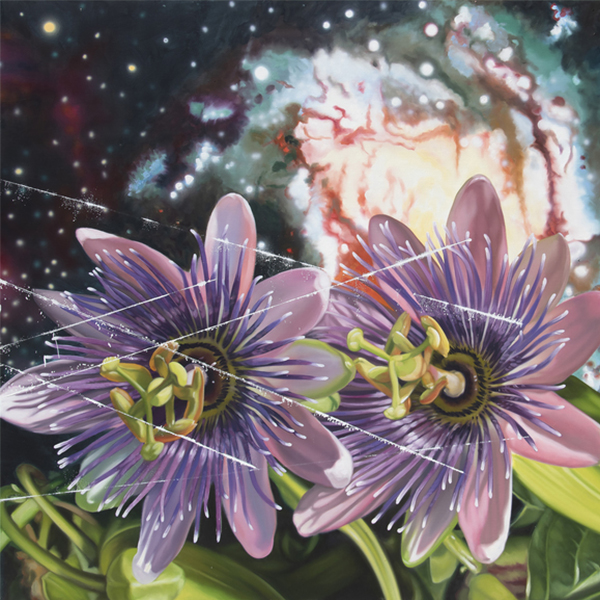
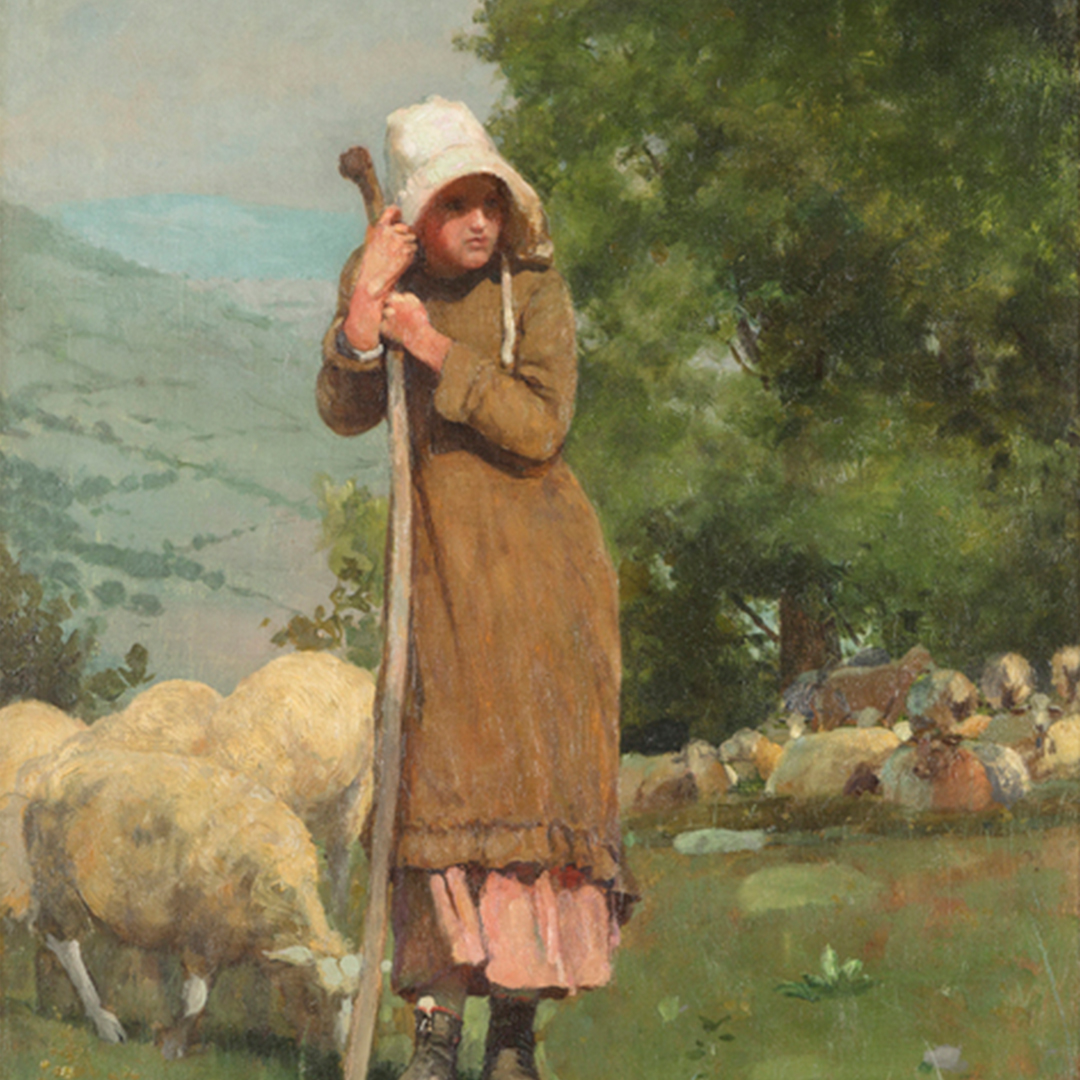
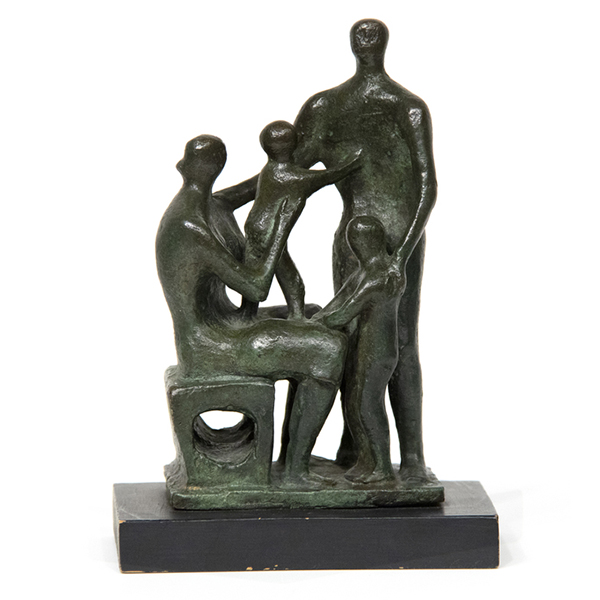
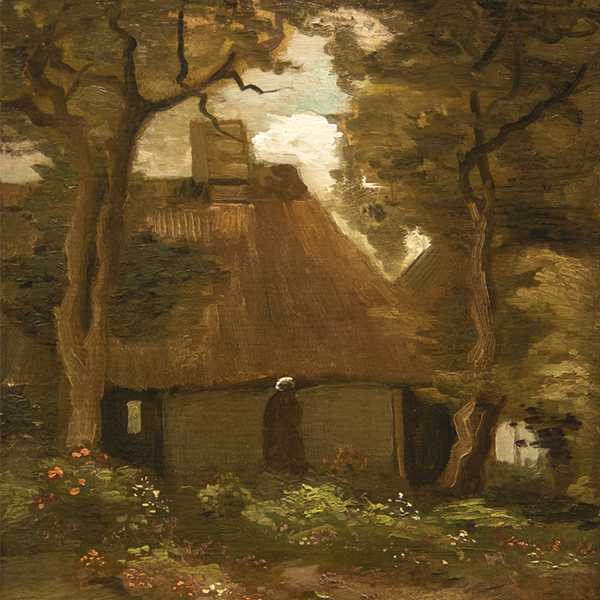
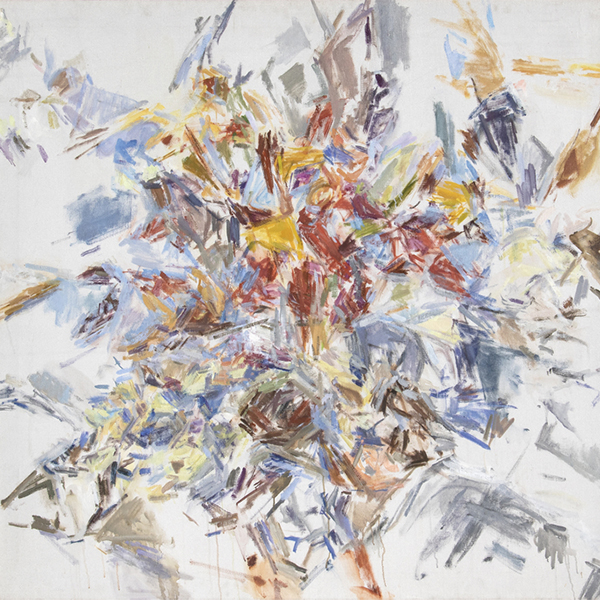
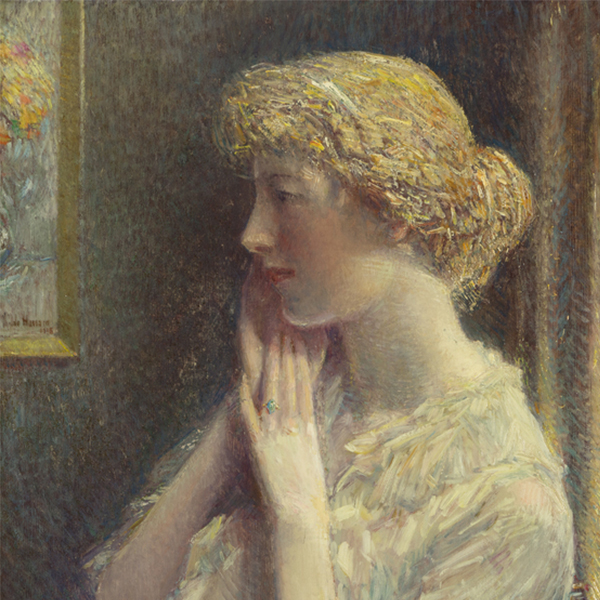
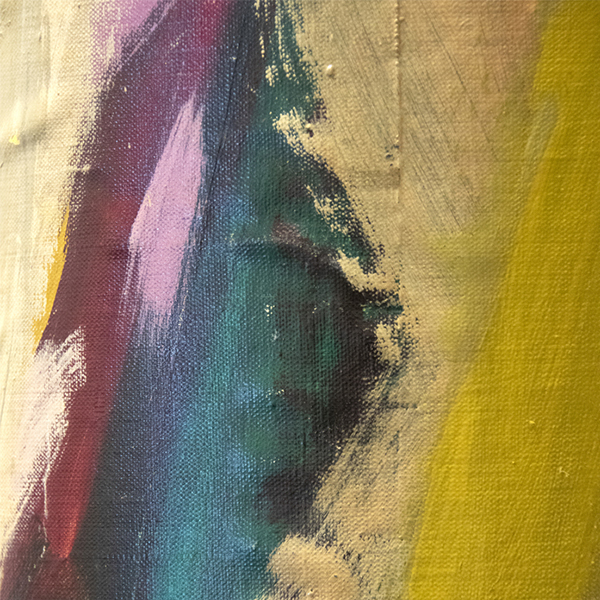

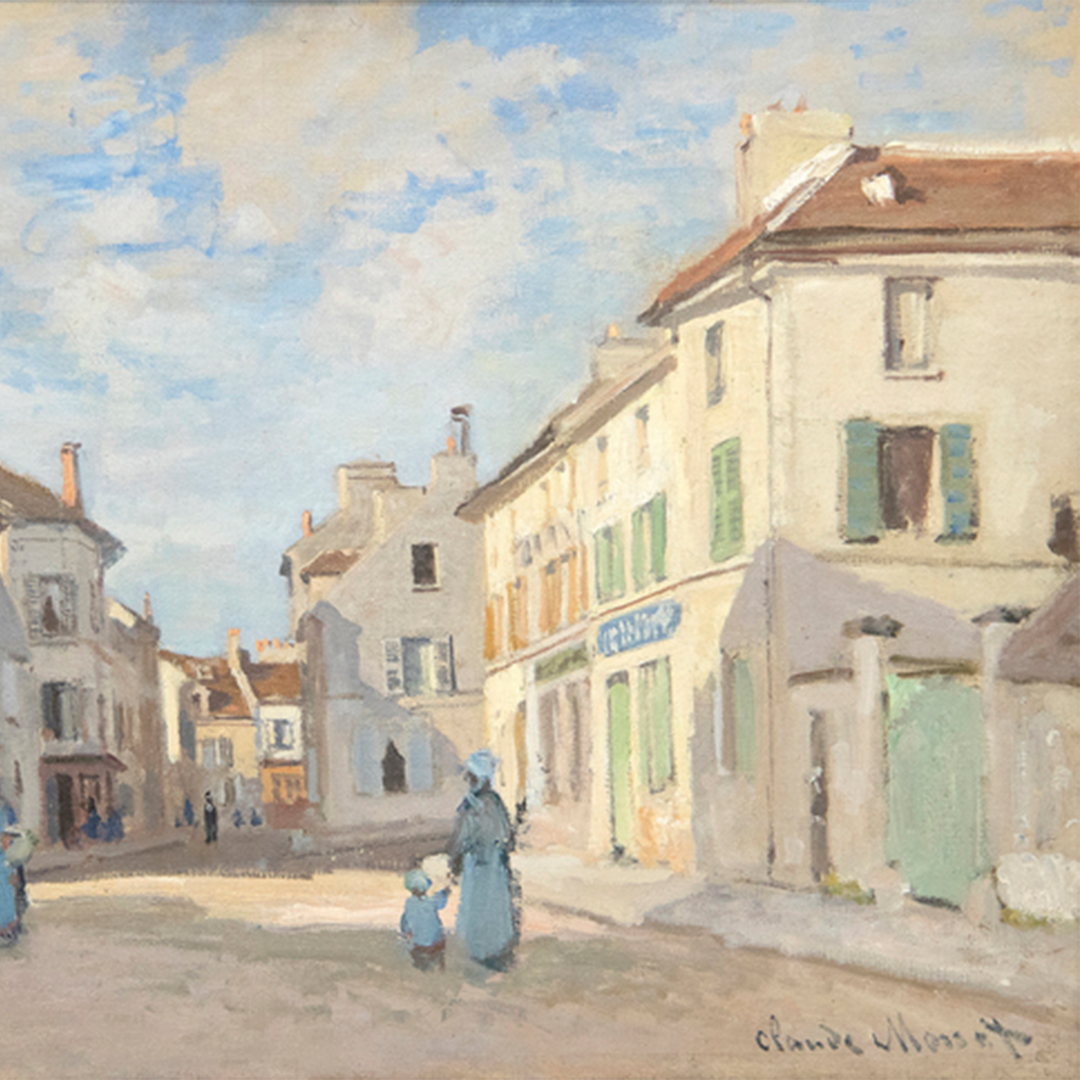

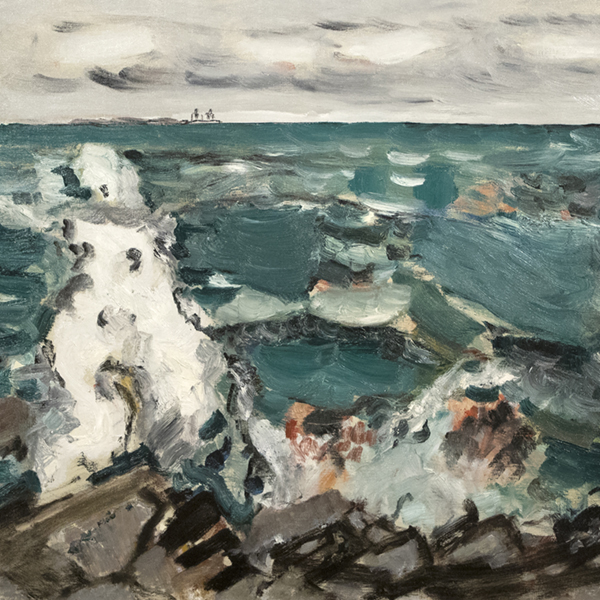
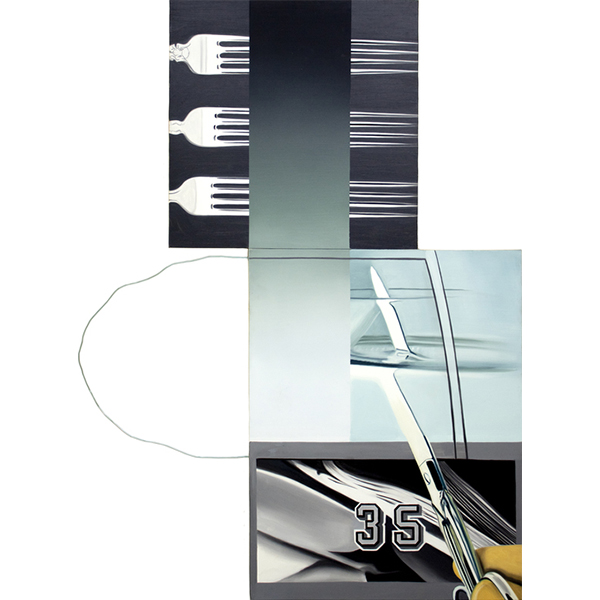



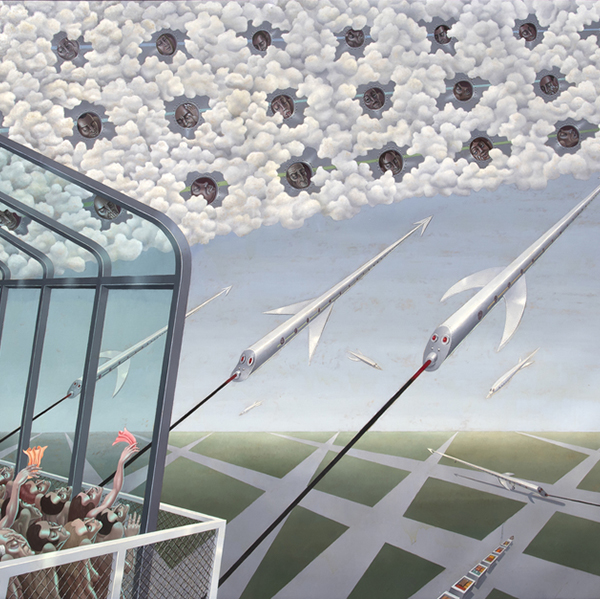
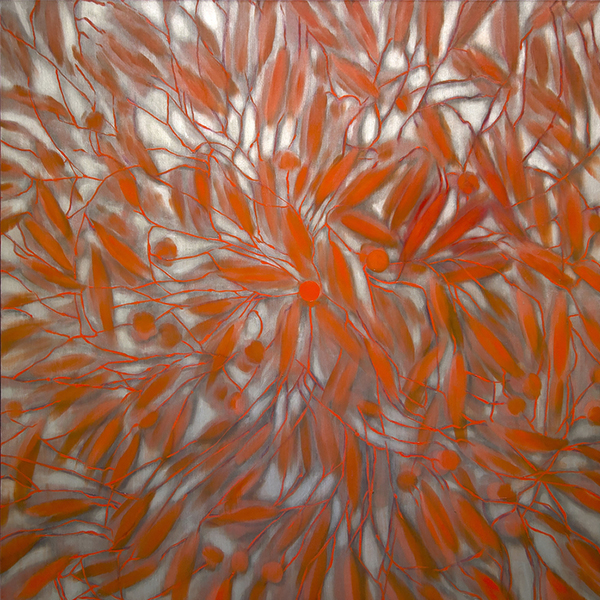

![[كاليكلينينس]](/Art_Images/Medium/Kleitsch 12477.jpg)
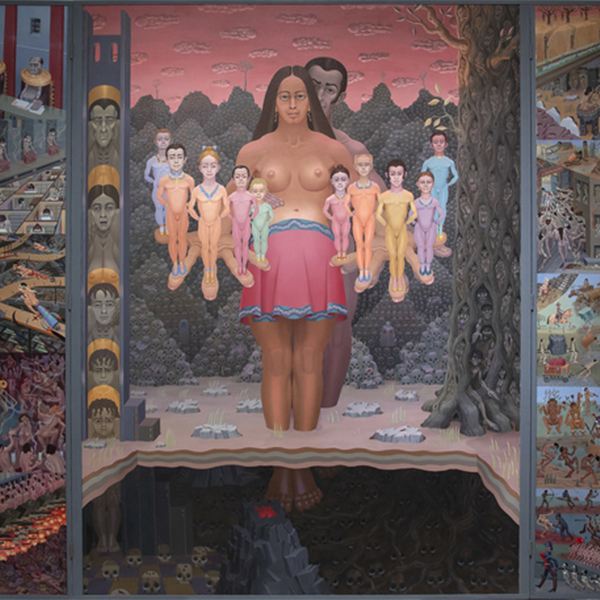
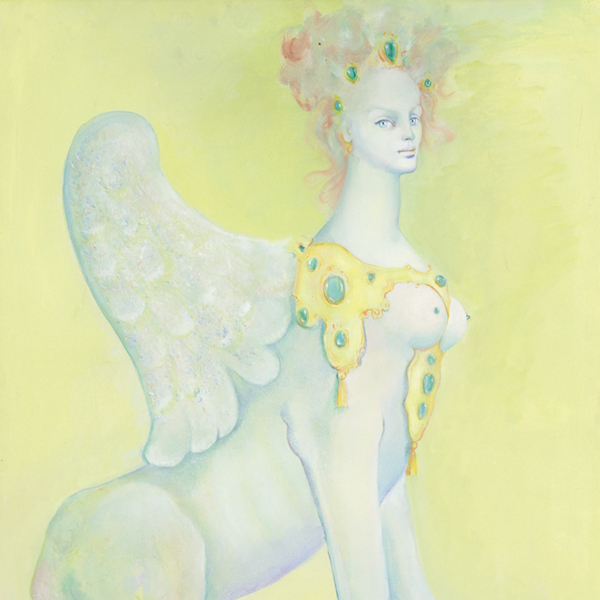
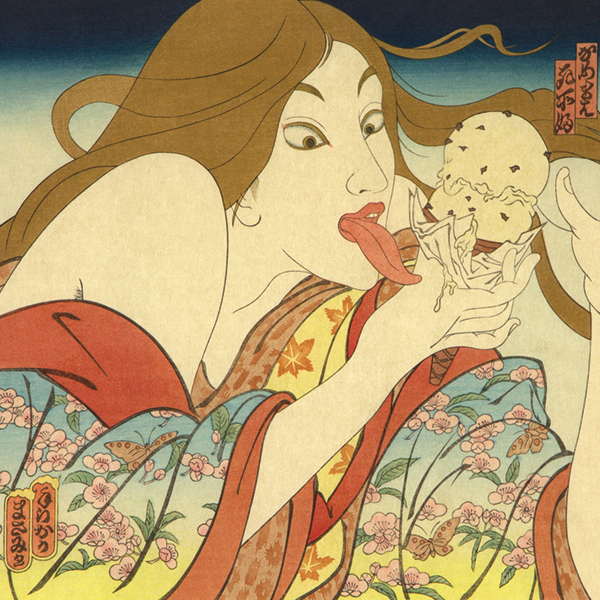
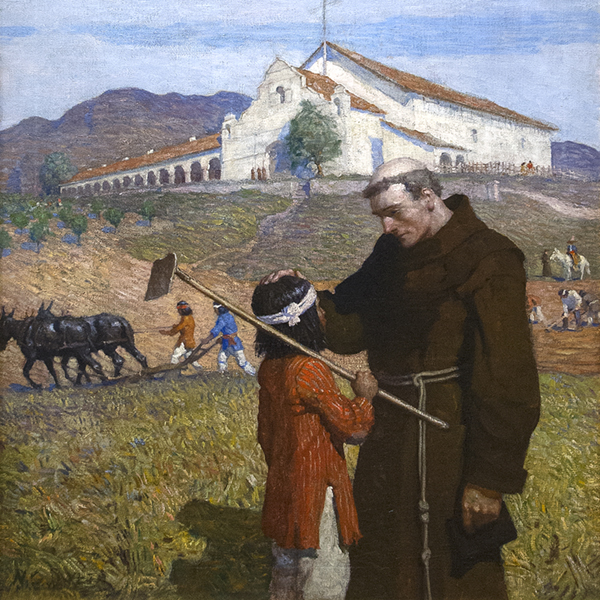
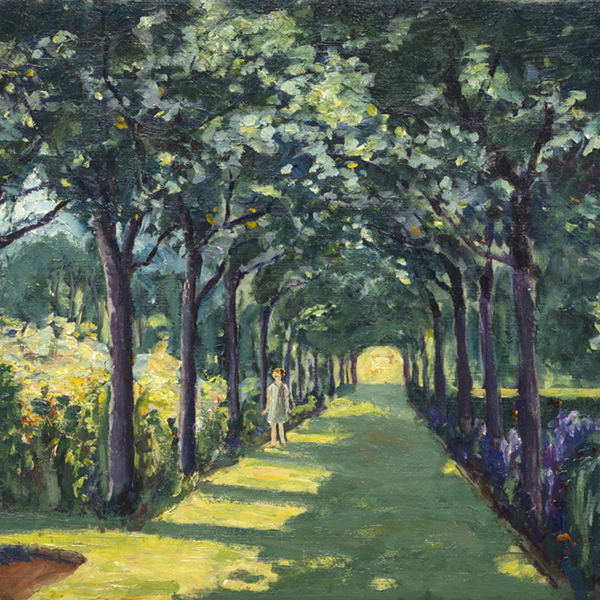
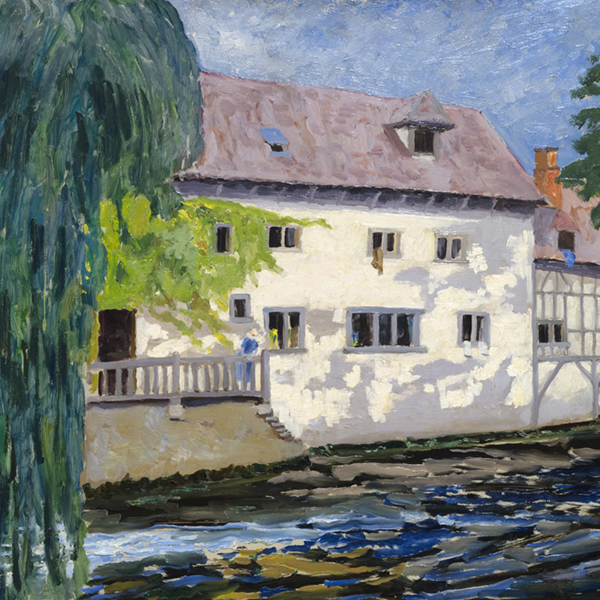
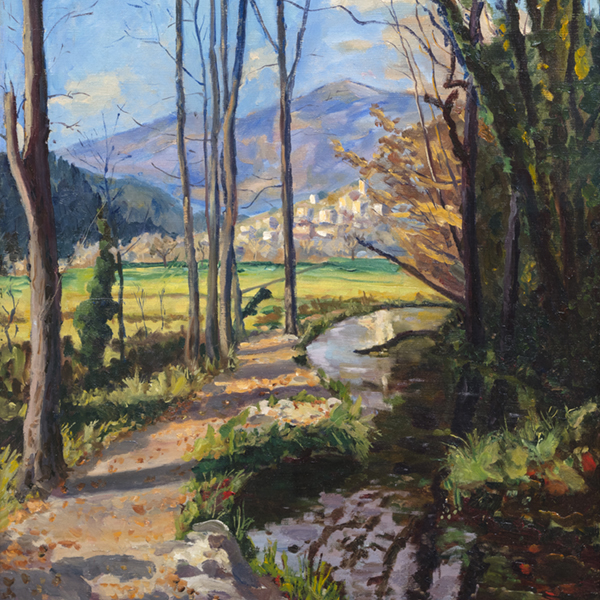
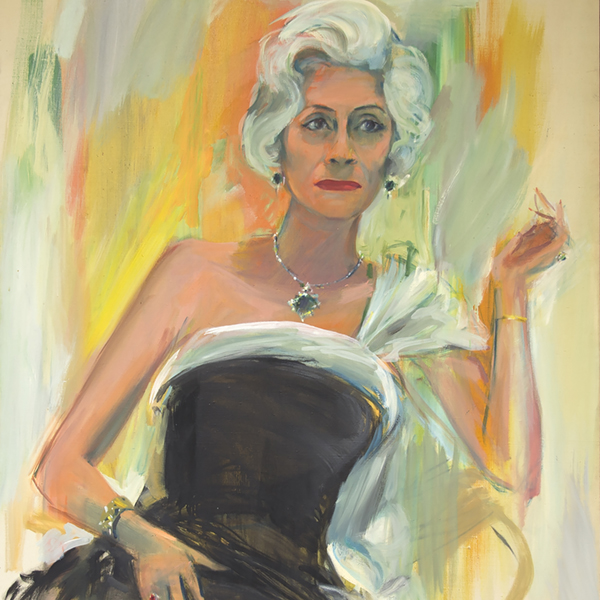

![[وجتيك] [فنور]: ال [ارلي 1960 س]](/Art_Images/Medium/Fangor-NYC-EX.jpg)

